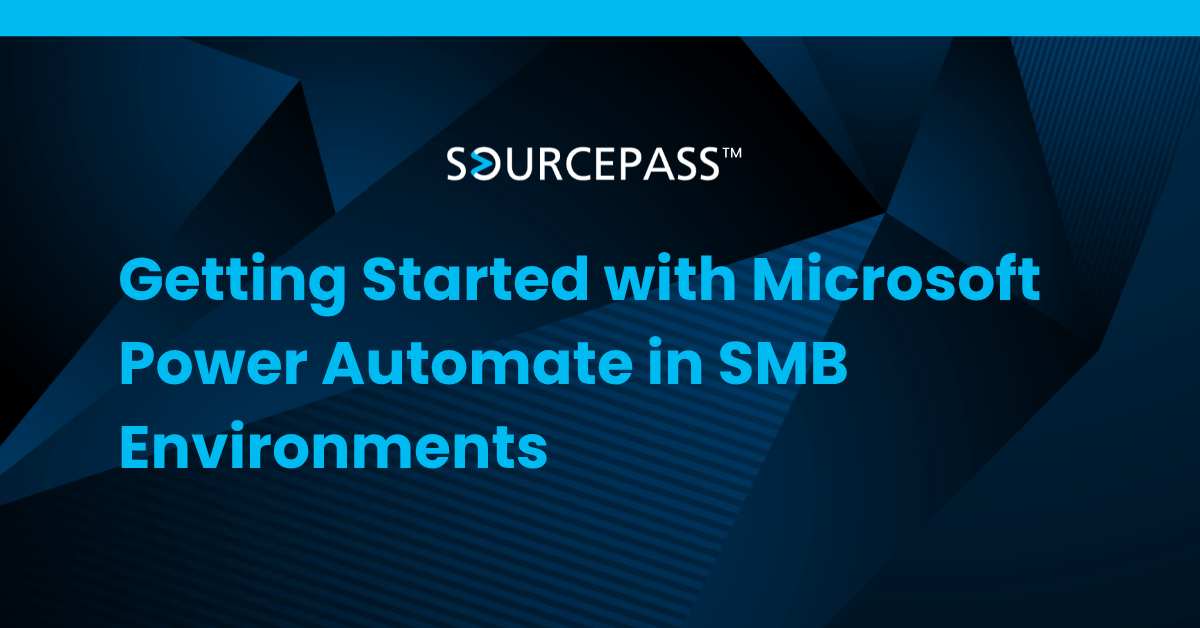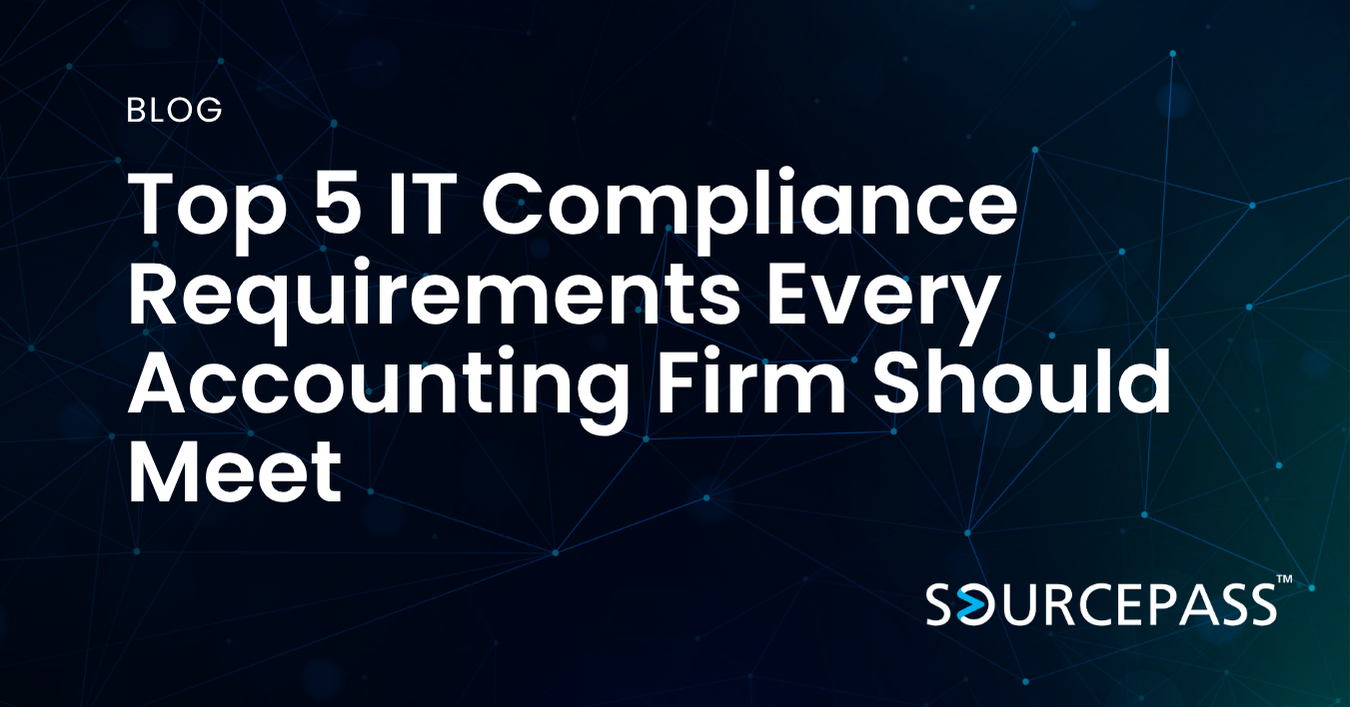Getting Started with Microsoft Power Automate in SMB Environments
Oct 29, 2025 Alex Davis AI | Microsoft Solutions 3 min read



For small and midsized businesses, repetitive tasks can slow teams down and increase the risk of human error. Microsoft Power Automate helps solve this problem by automating everyday workflows, allowing SMBs to save time, reduce costs, and focus on more meaningful work.
This guide walks through how Power Automate and other Microsoft 365 AI tools—like Power Apps, Copilot, and Power Virtual Agents—help SMBs streamline operations and build smarter, more efficient processes without the need for coding expertise.
What is Microsoft Power Automate?
Microsoft Power Automate is a cloud-based tool that lets you create automated workflows between your apps and services. These workflows, called “flows,” can handle repetitive tasks such as sending notifications, moving files, updating spreadsheets, or collecting data.
The platform is designed for everyone, from business users to IT professionals. With its drag-and-drop interface, you can start automating simple tasks in minutes—and scale up to more complex business processes as your team grows.
How SMBs Can Use Power Automate to Simplify Operations
Power Automate can help small and midsized businesses improve productivity and efficiency across departments. Here are a few common examples:
1. Automate Routine Notifications
Receive instant alerts when important updates occur, such as a new lead entering your CRM or a customer completing a form. Automated notifications ensure that no opportunity is missed and response times improve.
2. Streamline Document and File Management
Instead of manually uploading and organizing files, you can create workflows that automatically move documents between SharePoint, OneDrive, and Teams based on rules you define.
3. Simplify Approvals
Power Automate integrates with Microsoft Teams and Outlook to create easy approval workflows for invoices, time-off requests, or purchase orders. Managers can approve or reject items with one click.
4. Connect Data Across Apps
Use Power Automate with Microsoft Graph to connect data from multiple Microsoft 365 services. This unified API helps SMBs break down data silos and gain a complete view of business operations.
5. Build No-Code Apps with Power Apps
Pairing Power Automate with Power Apps lets you build simple, custom business applications that run on web or mobile devices—no development experience required.
AI and Optimization Beyond Automation
Power Automate is part of a larger ecosystem of Microsoft tools that help SMBs work smarter with AI.
-
Microsoft 365 Copilot Chat: Integrates AI assistance directly into Microsoft apps, helping users summarize content, draft messages, and find information faster.
-
Power Virtual Agents: Enables teams to create custom chatbots that answer common questions or guide users through processes, all without writing code.
-
Microsoft Editor: Provides intelligent grammar, clarity, and tone suggestions to improve written communication across Word, Outlook, and other Microsoft 365 apps.
-
Dataverse for Teams: Serves as a low-code data platform for building apps, workflows, and dashboards directly inside Teams.
-
Microsoft Adoption Score: Offers insight into how your organization uses Microsoft 365 tools, helping leaders identify opportunities for optimization.
-
Microsoft Secure Score: Provides a snapshot of your organization’s security posture and recommendations for improvement.
Together, these tools create a foundation for intelligent business optimization that balances automation, collaboration, and security.
Practical Steps to Get Started with Power Automate
-
Identify repetitive tasks. Start by listing processes that consume time and could benefit from automation, such as data entry or approvals.
-
Use prebuilt templates. Microsoft Power Automate includes hundreds of templates for common workflows like notifications, file syncing, and email alerts.
-
Integrate with Microsoft 365 apps. Connect Power Automate with Teams, SharePoint, Outlook, and Excel to unify your workflows.
-
Test and monitor workflows. Run test flows to confirm accuracy and adjust triggers or conditions as needed.
-
Expand automation across teams. Once comfortable, use Power Automate to streamline multi-step workflows that involve multiple departments or systems.
FAQ: Microsoft Power Automate for SMBs
What types of tasks can Power Automate handle for SMBs?
Power Automate can handle data entry, notifications, approvals, file transfers, and even complex multi-app workflows. It eliminates repetitive manual work across systems.
Is Power Automate hard to learn?
No. It is designed for business users and includes prebuilt templates and a drag-and-drop interface. Most SMBs can create workflows without coding experience.
Can Power Automate integrate with non-Microsoft tools?
Yes. Power Automate connects with hundreds of third-party applications such as Salesforce, Google Workspace, Dropbox, and Slack.
What is the difference between Power Automate and Power Apps?
Power Automate focuses on automating workflows, while Power Apps helps you build custom applications. They can be used together for greater efficiency.
How secure is Power Automate for sensitive business data?
Power Automate follows Microsoft 365’s enterprise-level security standards, including compliance with data protection frameworks like GDPR and ISO.
Can AI be combined with Power Automate?
Yes. You can add AI models through AI Builder or integrate Microsoft 365 Copilot to automate decision-making and optimize processes with intelligent insights.
Subscribe To
Sourcepass Insights
Sourcepass Insights
Stay in the loop and never miss out on the latest updates by subscribing to our newsletter today!
.png?width=500&height=100&name=White%20Logo%20-%20Transparent%20Tag%20(3).png)



